The Rise of Clean Energy: Solar Energy Trends in 2023
The Rise of Clean Energy: Solar Energy Trends in 2023
The solar energy trends is on the rise, as the demand for clean and renewable energy sources continues to increase. 2023 is shaping up to be a big year for the solar energy sector, as new technologies and innovations are expected to drive growth and expand the reach of solar energy. In this article, we will explore some of the biggest trends in solar energy for 2023 and discuss how these developments are expected to shape the future of the industry.
One solar energy trend that is expected to continue in 2023 is the growth of large-scale solar farms. Solar farms offer a cost-effective and scalable source of clean energy. It is becoming increasingly important as countries around the world work to reduce their reliance on fossil fuels and improve their energy security. Large-scale solar farms can provide significant amounts of electricity and are expected to play an increasingly important role in the global energy mix.
Another solar energy trend to watch in 2023 is the expansion of rooftop solar panels. As households and businesses look to reduce their energy costs and improve their environmental footprint, more and more are turning to rooftop solar panels. These panels can provide a cost-effective source of clean energy that is not dependent on the grid. It is becoming increasingly important as energy security becomes a top priority.
Energy storage solutions, such as batteries, are also expected to become increasingly widespread in 2023. These solutions can help to improve energy security and reduce dependence on the grid, while also enabling more effective use of renewable energy sources. Energy storage solutions can also help to make renewable energy more reliable, which is essential for increasing its adoption on a large scale.
Community solar is another trend that is expected to continue growing in 2023. This model allows multiple households or businesses to share a single large-scale solar installation. It makes solar energy more accessible and affordable. Community solar can also help to promote community engagement and environmental awareness. It is becoming increasingly important as the world works to address the impacts of climate change.
Off-grid solar is expected to continue to expand in 2023. It provides electricity to communities and individuals that are not connected to the grid. Off-grid solar can help to bring electricity to remote or rural areas and support economic growth and development. This trend is expected to be particularly important in developing countries, where access to electricity remains a major challenge.
Smart grid technology is also expected to become increasingly widespread in 2023. This technology allows for the intelligent management of energy supply and demand. This can help to improve energy efficiency, reduce energy waste, and promote the integration of renewable energy sources into the grid. Smart grids are becoming increasingly important as the world works to transition to a more sustainable energy future.
Finally, new financing models, such as crowdfunding and micro-financing, are expected to emerge in 2023. This will make solar energy more accessible and affordable for communities and individuals. These financing models can help to overcome the barriers to investment and support the growth of the solar energy sector.
Suggested Articles
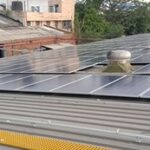
Solar Chankya: Complete Guide to Solar Systems and Components
Discover the key components of solar systems—from panels to inverters and batteries—and how they work together for efficient energy solutions

Solar Energy for Petrol Pumps: Benefits, Savings, and Implementation
Petrol pumps can significantly reduce energy costs and carbon footprint by adopting solar power. This guide explains the benefits, types of solar installations, and how fuel stations can leverage renewable energy for sustainable and efficient operations.
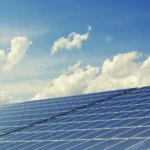
500 kW Solar System Price in Indore: Complete Industrial Guide
Planning to install a 500 kW solar power plant in Indore? Discover the complete cost details, government subsidy options, and potential savings for industries in 2025.
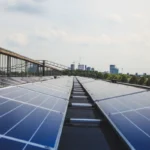
Why Solar Energy Makes Sense for the Healthcare Industry
Explore how the healthcare industry can leverage solar energy to reduce electricity bills, enhance reliability, and support green initiatives.
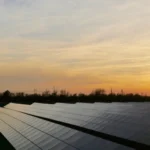
1 MW Solar Plant Cost in Haryana | A Complete Guide
Planning a 1 MW solar power plant in Haryana? This guide covers complete 2025 cost details, subsidy schemes, ROI, and savings potential for industrial users.
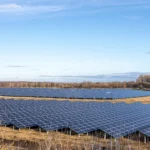
100 kW Solar Plant Cost in Rajasthan: Latest Cost, Maintenance & Payback Time
Installing a 100 kW solar plant in Rajasthan costs around ₹40–60 lakh in, with annual savings up to ₹10–12 lakh. Discover maintenance needs, ROI, and payback period of 4–6 years.

Industrial Solar Power: 7 Reasons to Make the Switch
Top 7 benefits of solar energy for industries, including cost savings, environmental impact, and improved energy reliability.

New Loan Scheme for solar rooftop projects by IREDA
Solar installation for petrol pumps offers huge savings and energy independence. This 2025 guide explains system cost, subsidy, ROI, and installation process.